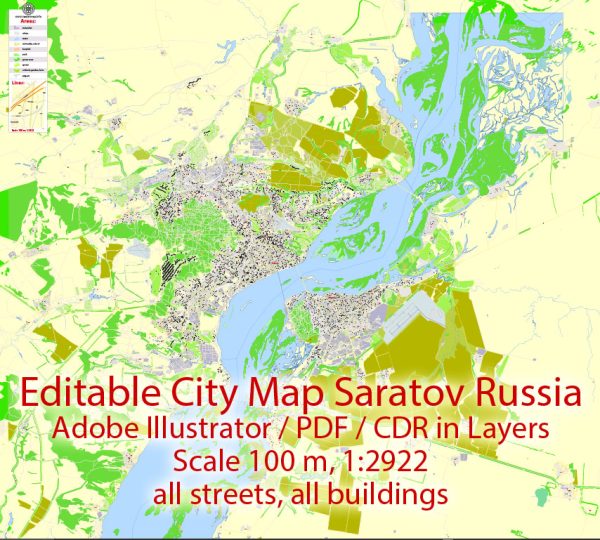Saratov and Engels are two cities located in the Saratov Oblast region of Russia, situated along the Volga River. Each city has a unique history of urban development, and together they have played significant roles in the economic and cultural life of the region.
- Saratov:
- Foundation and Early History: Saratov was founded in 1590 as a fortress to protect the southern borders of Russia from nomadic raids. Over the centuries, it developed into a vibrant urban center and an important trade hub due to its strategic location on the Volga River.
- Economic Importance: Saratov’s economic significance grew during the 19th century when it became a major center for trade and manufacturing. The city’s economy was closely tied to agriculture, trade, and transportation along the Volga.
- Architectural Heritage: Saratov boasts a mix of architectural styles, reflecting its historical development. The city has examples of classical, neoclassical, and Soviet architecture. Notable landmarks include the Saratov Drama Theatre, the Conservatory, and the Holy Trinity Cathedral.
- Cultural and Educational Hub: Saratov has been an important cultural and educational center, with several universities and research institutions contributing to the intellectual life of the city. The city has a rich cultural heritage, with theaters, museums, and art galleries.
- Engels:
- Foundation and Industrialization: Originally known as Pokrovskaya Sloboda, Engels was renamed in 1931 in honor of Friedrich Engels, the collaborator of Karl Marx. The city developed as an industrial center during the Soviet era, with a focus on heavy industry and manufacturing.
- Role in Soviet History: Engels played a role in the industrialization efforts of the Soviet Union. The city’s economy was centered around factories and industrial complexes, contributing to the overall industrial strength of the country.
- Urban Planning: Engels underwent significant urban planning and development during the Soviet era, with the construction of residential areas, industrial zones, and infrastructure. The architecture often reflects the utilitarian style typical of Soviet urban planning.
- Post-Soviet Changes: With the collapse of the Soviet Union, Engels, like many other cities, faced economic challenges. The transition to a market economy brought changes to the industrial landscape, and efforts were made to adapt to new economic realities.
Both Saratov and Engels have experienced transformations over the years, reflecting the broader historical and socio-economic changes in Russia. Today, they continue to be important centers in the Volga region, contributing to the diverse tapestry of Russian urban development.


 Author: Kirill Shrayber, Ph.D.
Author: Kirill Shrayber, Ph.D.